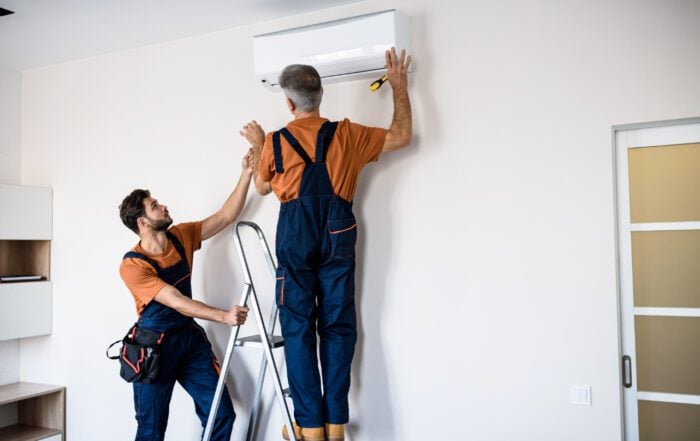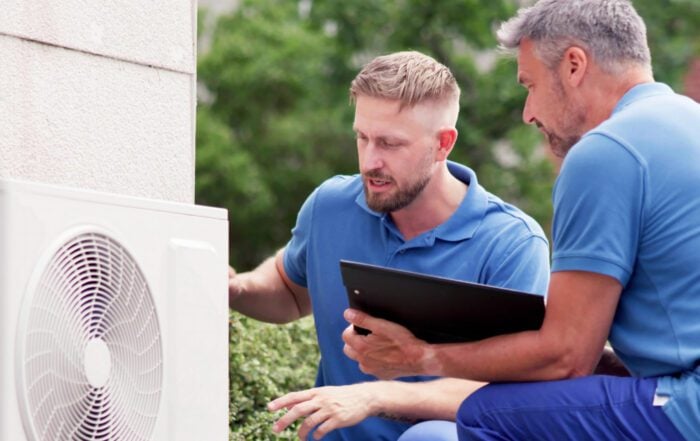Have you ever thought about what’s behind your walls? Surprise: it’s probably ductwork! Your HVAC system is more than just a compressor in your backyard or a furnace in your basement. There’s also a system of ducts running through your home, usually behind the walls or ceiling. You know that the air in your home comes out through vents, but what you might not know is that those vents serve different purposes. In a typical home, you’ll have supply vents and return vents. There’s a big difference between the two and how they affect your home air quality!
What is a Supply Vent?
A supply vent is probably what you typically think of first when you think of an air vent. Supply vents, as their name implies, supply the rooms in your home with conditioned air, so if you put your hand in front of the vent, you should be able to feel air blowing out at you. They typically have adjustable slats so that you can aim the air whichever way you like, or adjust the airflow.
What is a Return Vent?
A return vent is the opposite of a supply vent. Return vents draw air into the system in order to condition it and pump it back out into the home through the supply vents. To identify a return vent, take a piece of paper and hold it up to the vent. If the paper is drawn towards the vent, then it’s a return vent. Return vents are usually larger than supply vents, and they usually don’t have adjustable slats to direct airflow since the air is going into the ducts instead of out. Return vents may be found on the floor, on the ceiling, or at the base of the wall like a typical supply vent.
Can You Block a Vent?
It’s not advisable to block either supply vents or return vents. This is because supply and return vents create a balance in your home. The amount of air being drawn out of your home back into your air ducts should equal the amount of conditioned air being expelled by supply vents. While it might be tempting to just block a vent if a certain room is getting too warm or too cold, doing this could create an imbalance in your home. An imbalance could really decrease the comfort level in your home, so it’s best to just leave the vents open.
Where Should Supply Vents and Return Vents Be?
In an ideal situation, every room in your house should have a return vent or grille along with the supply vents that are typically in each room. Some homes are built with just one or two main return vents in order to cut building costs, but if you’re going for maximum efficiency and comfort, this isn’t an ideal setup.
Do You Need HVAC Help?
When your home needs fast, high-quality service, you can count on Stack Heating, Cooling, & Electric! Our skilled technicians will make sure your HVAC system is working as efficiently as possible, as well as performing any necessary HVAC maintenance. We want you to know that your family’s safety and comfort is our number one priority, as it always has been. We are taking all necessary precautions and following CDC guidelines to keep our customers and employees healthy. We’ve been serving the Cleveland area for over 40 years, and we’re not going anywhere. Give us a call at (440) 937-9134 or visit us on our website today and find out what we can do for you!
Have Any Questions?
If this is an emergency please call 440-937-9134.
Otherwise, please feel free to call us or submit this form to schedule an appointment for service or request an estimate. We will contact you shortly!



